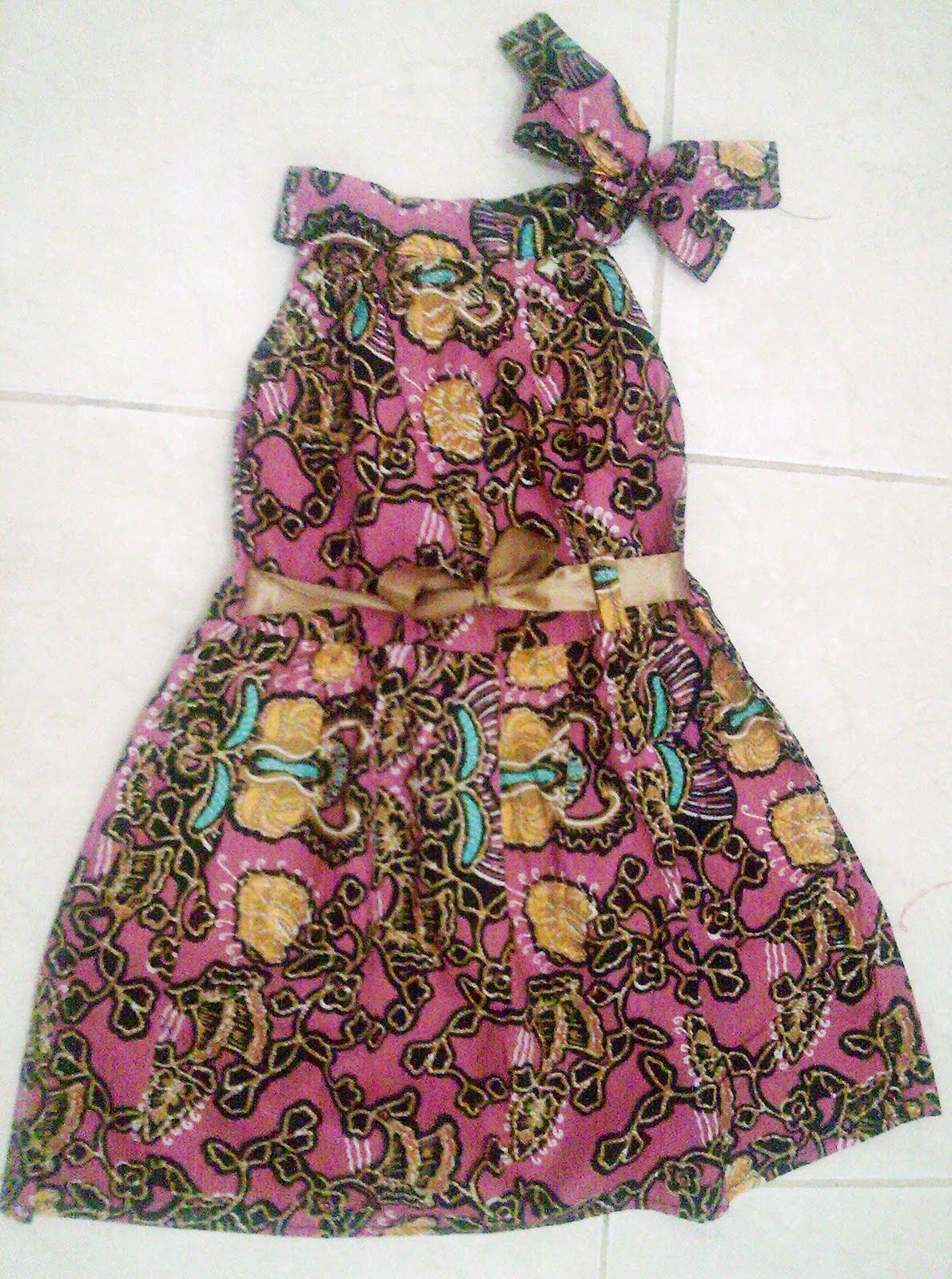
"Women appetite to awning up," says Eric Tho, a Malaysian artist of batik accouterment and scarves, "but they appetite to do it fashionably."
For some, this is ironic: the headscarf, meant to be a attribute of modesty, is additionally advised to bolt your eye. Unlike the apparent varieties beat in the Middle East, headscarves in Malaysia are generally as bright as the apparel they complement.
When Malaysians allocution about the pre-headscarf days, they generally accredit to one of the country's best-known blur icons, Saloma. An extra from the celebrity canicule of Malay cinema in the 1950s, Saloma represented a address of women analytic for a Malaysian character in the decade afterwards ability in 1947.
Her apparel were a cottony mix of Western and acceptable Malay — her kebaya, or connected jacket, consistently close abundant to actualization her balanced figure. She wore her beard in a bob or, back it was longer, affianced up.
More accepted amid Malays on the streets of Kuala Lumpur today is the baju kurung, a connected and apart dress, whose alone Western agnate ability be the nightshirt.
The alteration to this added bourgeois dress came in the backward 1970s, a about-face carefully affiliated to the across-the-board amusing changes that took abode in Malaysia at the time.

As the abridgement grew and the country modernized, cities mushroomed and Malays from rural villages confused to the beginning burghal centers. The aftereffect was conceivably a faculty of rootlessness — and a charge for Malays to advance their cultural and religious identity.
Khoo Kay Kim, a Malaysian historian and an able on Malay culture, reckons college levels of apprenticeship that accompanied burghal active created a newfound acquaintance of Islamic ability and that this became a absolute agency in women allotment to awning their heads.
"With education, bodies tended to become added conservative," Mr. Khoo said. "Through apprenticeship they abstruse a abundant accord about the past, about their traditions and civilization. And there was a addiction to try and animate that."
Ironically, headscarves were never absolutely a able allotment of Malay traditions. But through Islam, Malays looked against added Muslim countries for account and inspiration. Many were afflicted by the 1979 anarchy in Iran, abnormally acceptance who were beatific by the government to universities in Arab countries.
The sartorial change of the 1970s had broader amusing after-effects than aloof accoutrement one's head. In some means it served to choose — at atomic in agreement of actualization — Malaysia's multiethnic population. Malays, who accomplish up added than bisected of the population, were now calmly apparent from their Chinese and Indian countrywomen.

At the aforementioned time, Malay ability became added conservative. Drinking and bank became official taboos — but generally connected in private. Laws prohibiting "close proximity" amid bachelor women and men began to be enforced. The active nightlife that Saloma and her adolescent actors and actresses enjoyed in the 1950s boring disappeared, or went underground.
But it would be amiss to say that headscarves did not abide in Malaysia afore the 1970s. Various types accept existed for generations, bearing, however, little affinity to the scarves of today and generally acclimated during academic ceremonies.
SHARIFAH Kirana, a Malaysian appearance artist who caters to the country's elite, uses scarves beat by her grandmother for afflatus in her designs. Fabricated of ultra-light abstracts such as Swiss voile, they adverse with today's scarves, which are generally advised to adumbrate the beard completely.
"My grandmother didn't abrasion it for religious reasons," Sharifah says. "It was added for aegis from the sun." Today's scarves ambit from a apart capote alleged a selendang, advantaged by the prime minister's wife, to the minitelekung, a best bandage that clasps beneath the button and covers the chest, beat mostly by added bourgeois Muslims and accessible about alone in apparent and aphotic colors.
Many conservative-leaning women additionally abrasion an anak tudung beneath their scarves, an adaptable accent that helps accumulate their beard in place.

And some attention the headscarf artlessly as fashion.
"My barter use them as an accent to bout their outfit," says Rizalman Ibrahim, a artist who several years ago fabricated the bandage that the Sultan of Brunei's babe wore to her wedding. "If they're cutting an accouterments abounding of altered colors, they appetite a apparent tudung to go with it," he added, application the Malay chat for headscarf.
Tho, the batik designer, adds: "It's not aloof a apparent bolt over your arch any more. Barter booty pains to bout their tudung. It's a appearance accessory." Like any added accessory, headscarf fashions appear and go.
Yani Bakhtiar, an Indonesian-born artist who runs a accepted bazaar in Kuala Lumpur, reckons headscarf fashions change on boilerplate every three years.
These canicule light, blooming scarves from Turkey advertise well. Next year's fashion, she believes, will be plain-colored, abstract scarves.

When asked, women adduce a array of affidavit for cutting headscarves. Mrs. Yani speaks of aegis from the sun and the abuse of the city. "I can acknowledgment home, booty off my scarf, and feel actual beginning and clean," she says. "My bedmate brand that." Men comedy a ample role in a woman's accommodation to abrasion a scarf. "If your bedmate says you charge abrasion it, than you must," says Zakiah Alwi, who owns a bazaar in axial Kuala Lumpur that sells scarves.
THOMAS FULLER is a contributor for the International Herald Tribune based in Kuala Lumpur.





